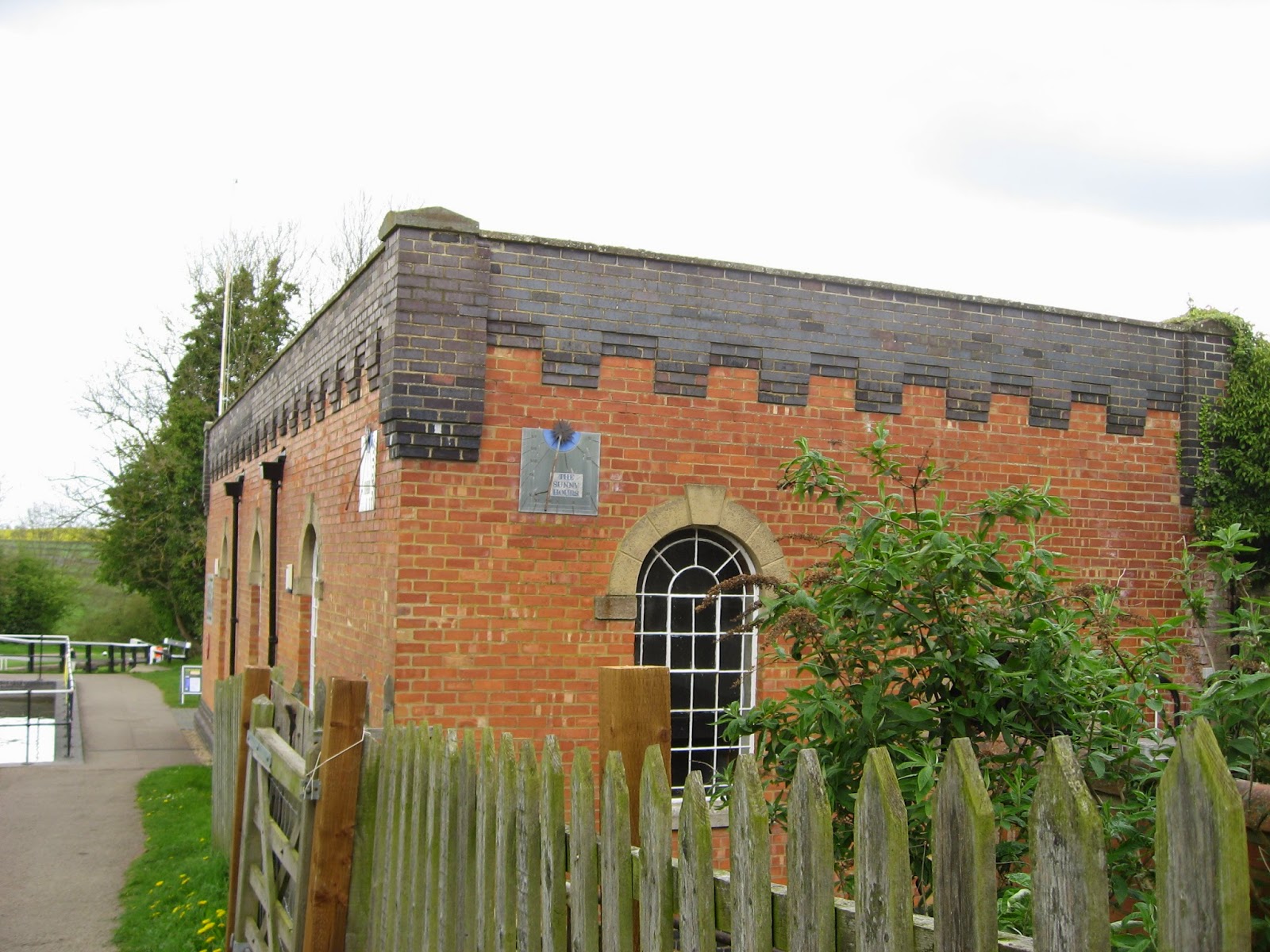Saffron was an incredibly important product - it was used as a dye and as a spice.
The trade died out during the eighteenth century, but an enterprising farmer has recently begun growing saffron crocus again in the area.
 |
| Church St |
 |
In some ways the town reminded me of Chester, as there were a few Georgian buildings mixed in with the medieval ones (although of course Chester's shops are two-tiered - the famous Rows).
Saffron Walden is also home to a museum, built in the mid-1830s. It's said to be one of the oldest purpose-built museums in the UK, although sadly we did not have time to pay it a visit.
 |
| Saffron Walden museum. |
 |
| Walsingham House. |









